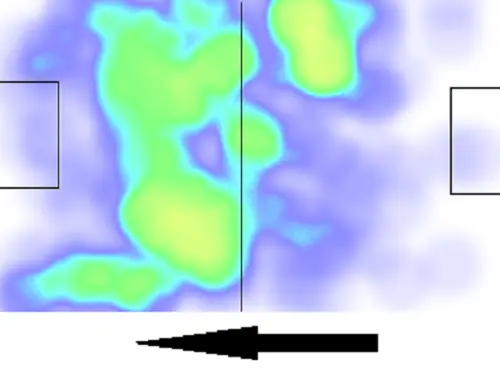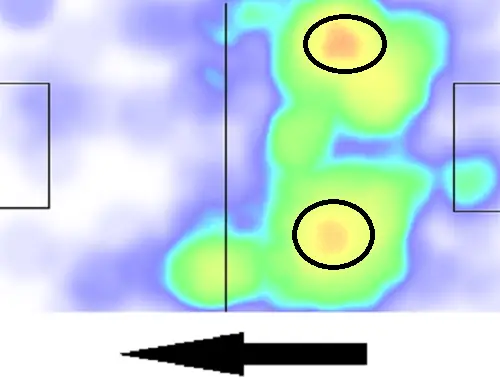
Tactics Talk: Marcelo Bielsa’s playing system at Leeds United – a thing of beauty
Leeds United have signalled their intent with the kind of football they are playing under the legendary Marcelo Bielsa this season. It is not the 3-3-1-3 formation which one might have expected. Instead, the Argentine has gone for a more traditional 4-1-4-1 system with high-press and passing football from the back.
If we polarize ourselves to Championship football in England, this type of play will seem a tad unusual. Even the players must have taken some time to adjust to this attractive high-speed system in pre-season. But they have seemingly managed to familiarize themselves and suffice to say, it has been a surreal ride in the first two league games.
The Peacocks almost played Derby County out of the park – and they do so far away from home. Their 4-1 win has warned every team in the Championship that they are here to win the league and get promoted to top-flight football.
Here are the two prominent things we witnessed tactically, from the first two competitive games:
High-Press, Quick ball-retention and Positioning
When we watch Marcelo Bielsa’s team, the high-press is one of the most evident traits. It was on full display against Derby, due to which Frank Lampard’s men failed to assert their authority in the game.
As shown in the above heat-map, this was the pressing and possession areas of Leeds United’s midfielders and forward players. We can see how high they were in whatever was done to the opposition. The width was maintained by Ezgjan Alioski and Pablo Hernandez, while Samuel Saiz and Mateusz Klich ran the central game by joining the attacks to press high and dropping deeper to support the defence.
The other side of the coin is how well-structured the defensive line was. The four defenders at the back were quite close to each other, which was another unique quality. Barry Douglas did venture forward from left-back but Luke Ayling wasn’t bombing ahead all the time. Instead, he took turns and analyzed the situation before making a foray up the field.
The above image depicts as to how close the Leeds defenders were throughout the game, not allowing spaces in between them. This heat-map is of the four defenders and Kalvin Phillips, who sat deep to protect the back-line.
An intriguing thing to witness here is the two orange spots in the heat-map (marked in the circle), which signals that the full-backs often cut inside in possession to create an overload in the midfield. It subsequently helps the team to stop counter-attacks even if the two central midfielders are caught high.
Quick counter-attacks
When you have the likes of Alioski, Hernandez, Saiz and striker Kemar Roofe in the ranks, counter-attacking football becomes a joy to watch. Under Bielsa, that quartet along with Klich, have been just superb not only in possession but also without it. Concurrently, they have also been creating spaces to launch a counter.
Read More: 2 signings Leeds United desperately need to complete before deadline including Reading star
One of their goals against Derby was just due to simple passing from the back with accuracy, while the opposition was attacking. The fast-paced interchange of passes allowed them to get past the attack-recovery press and work on spaces in between the lines. Once the initial part was done, the latter was just a formality remaining to be completed.
Heat-maps via Whoscored.com


